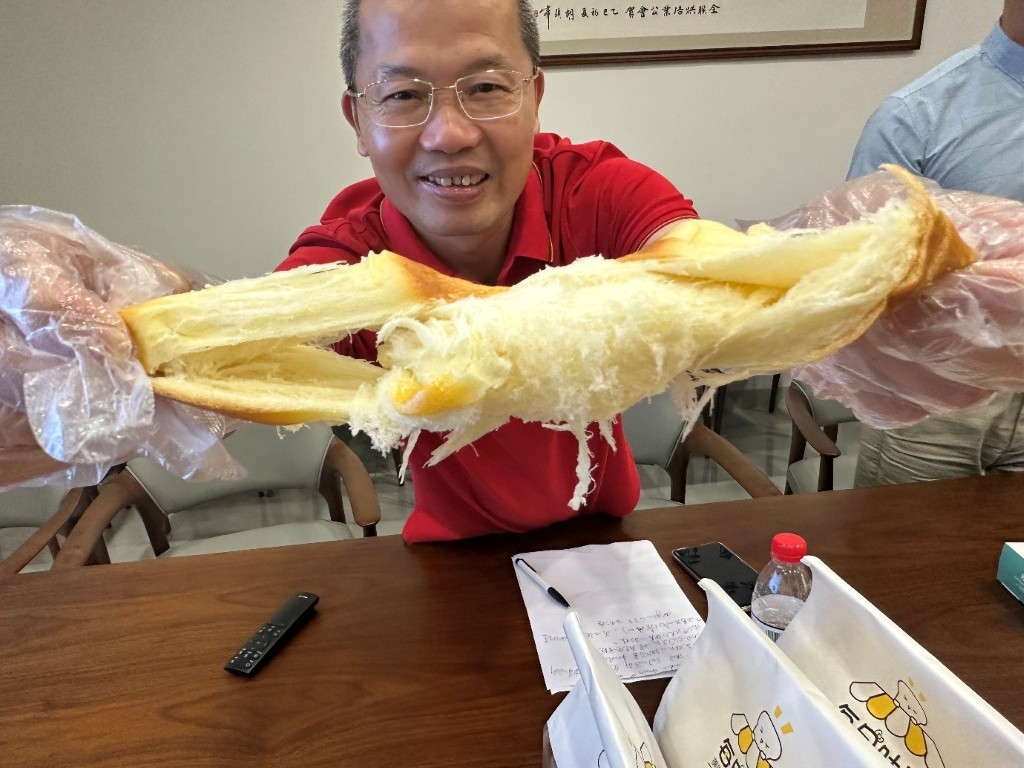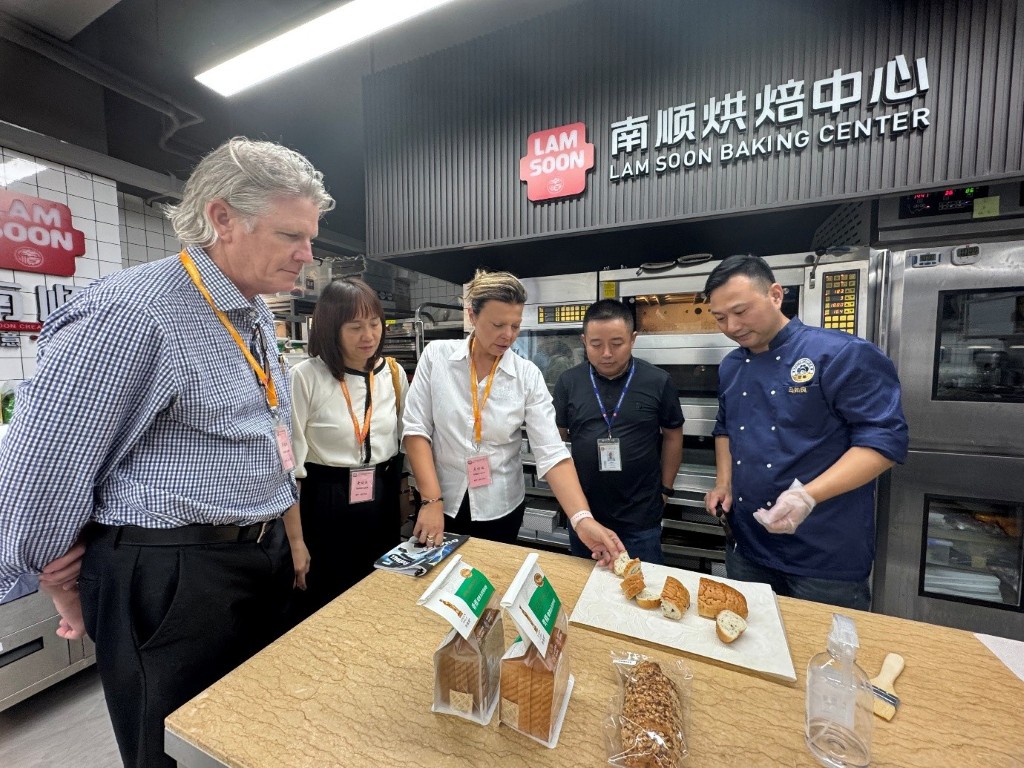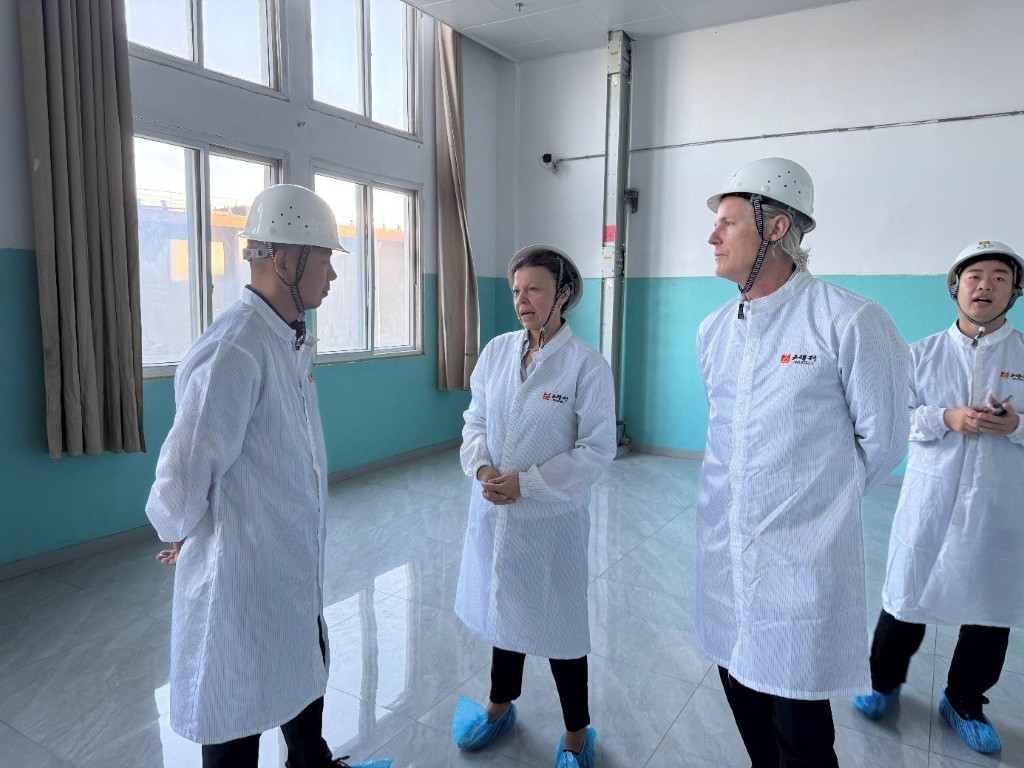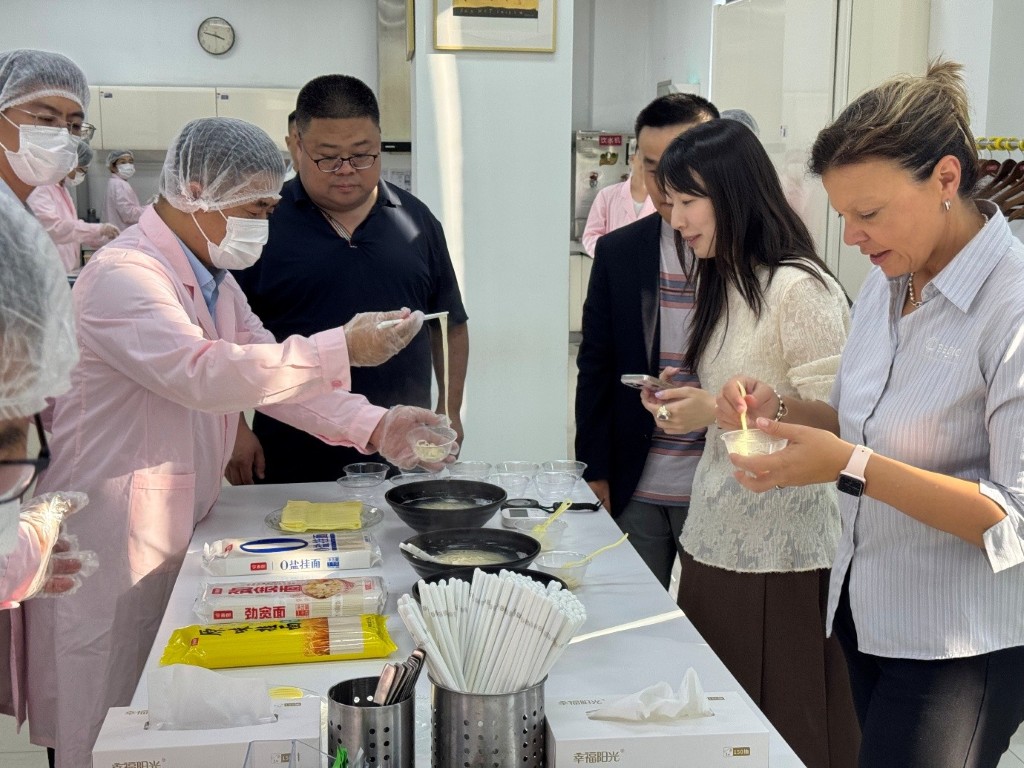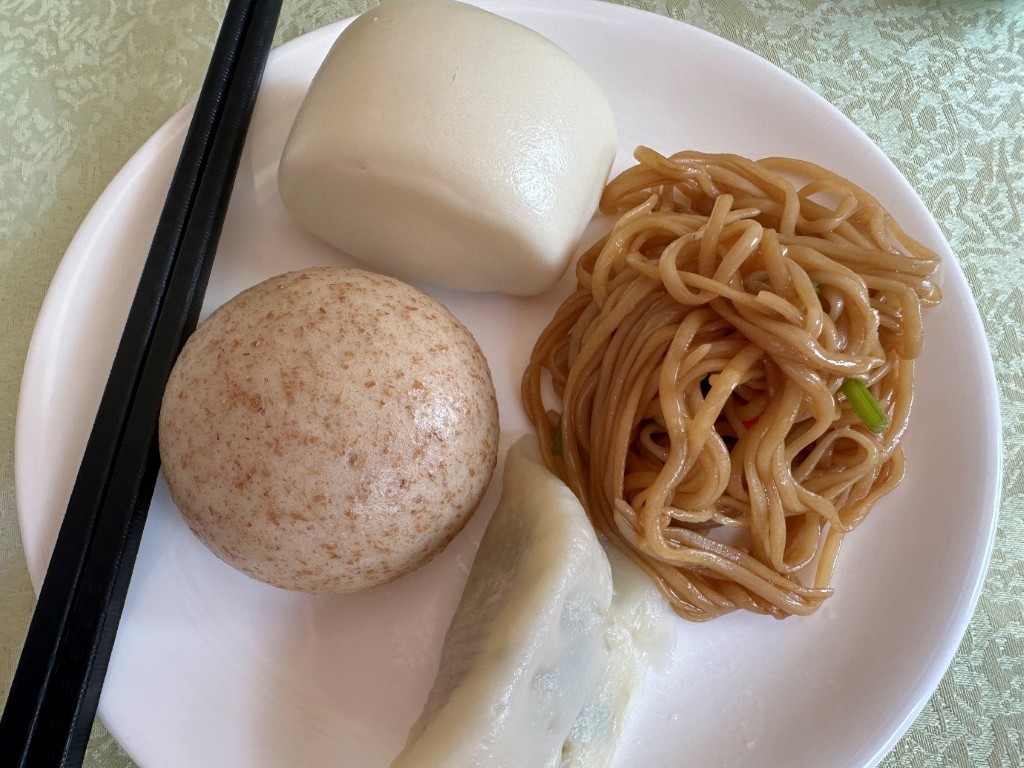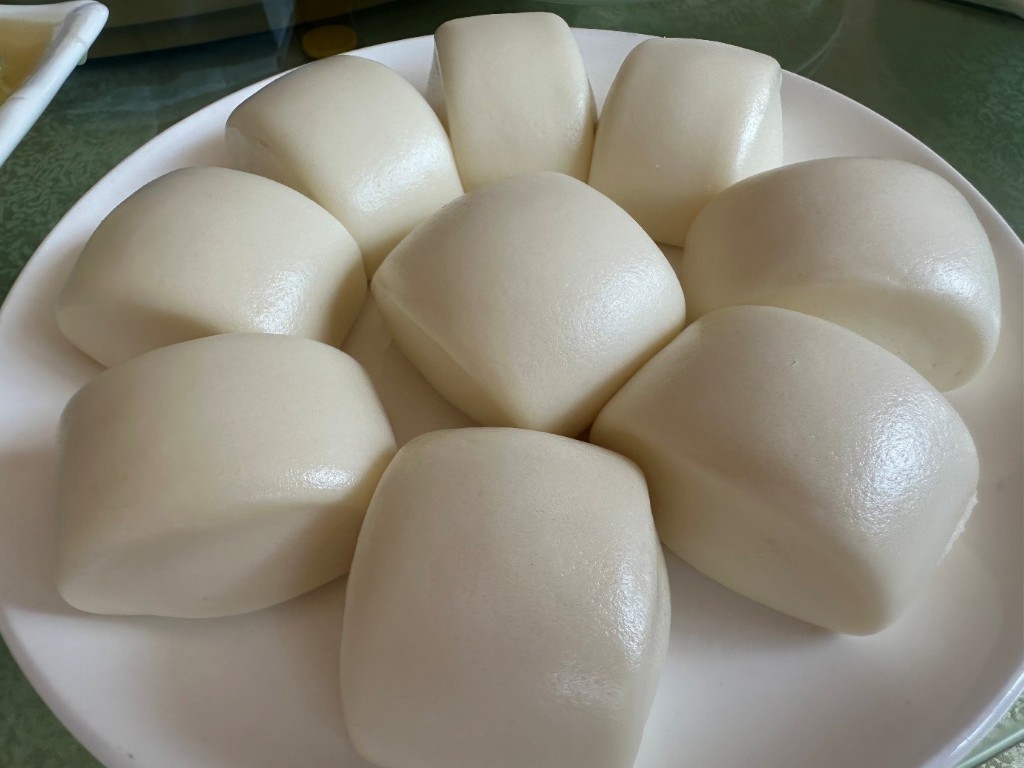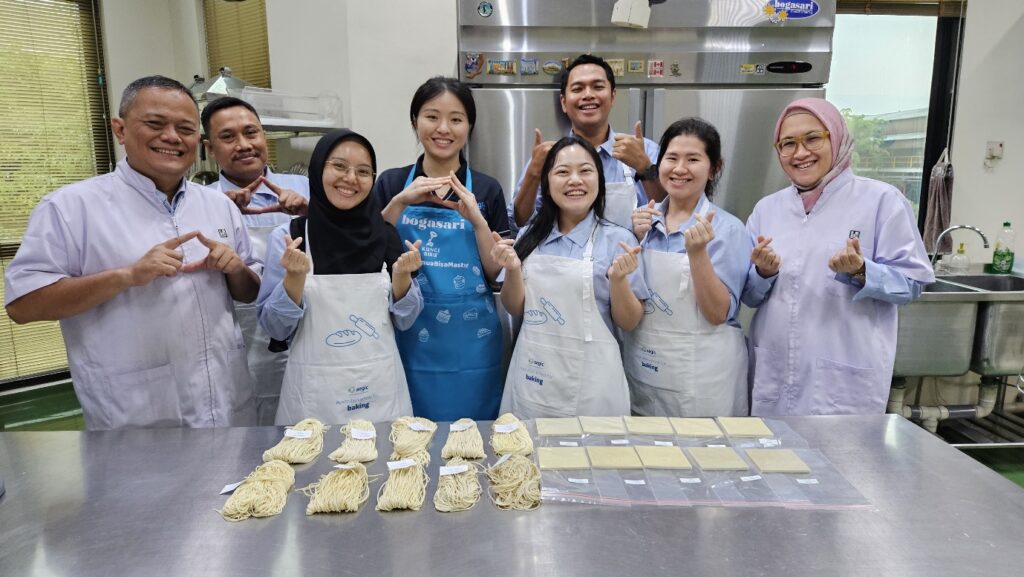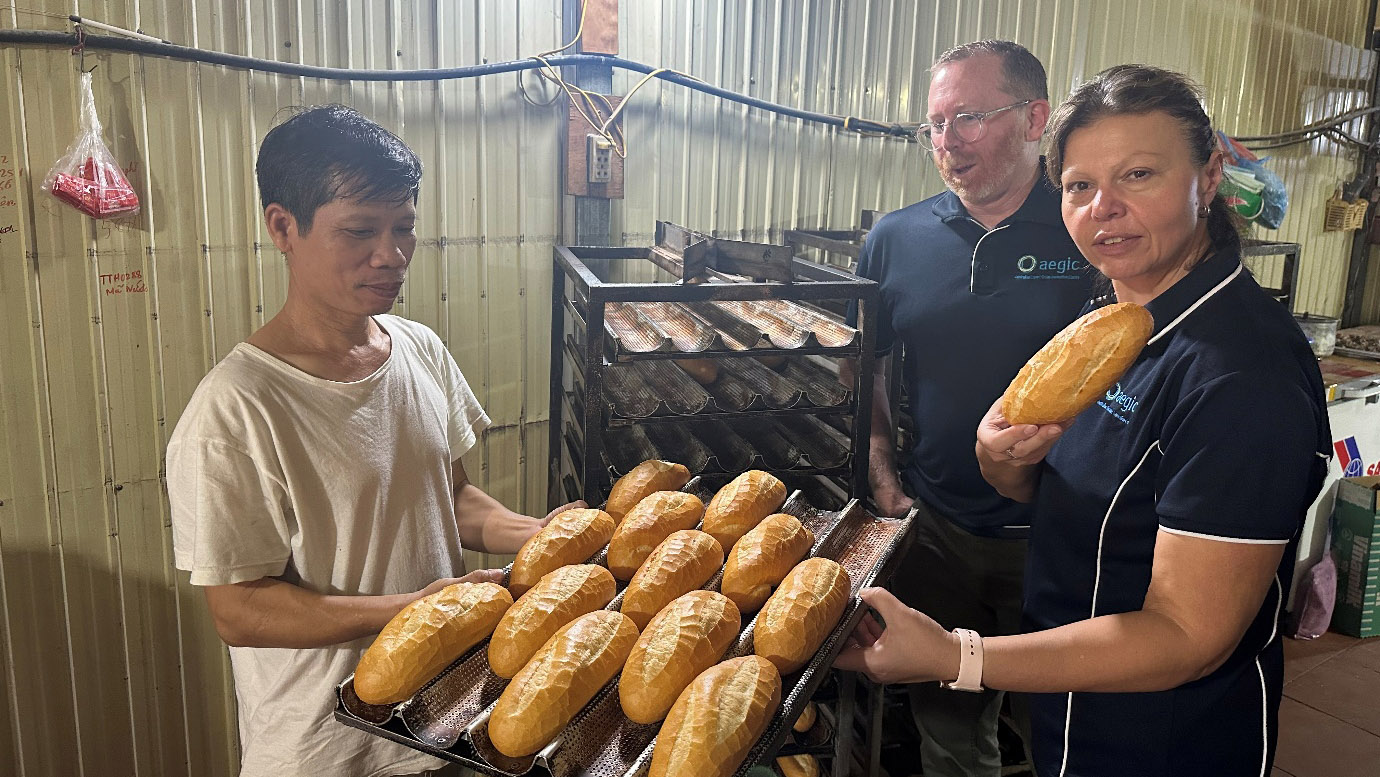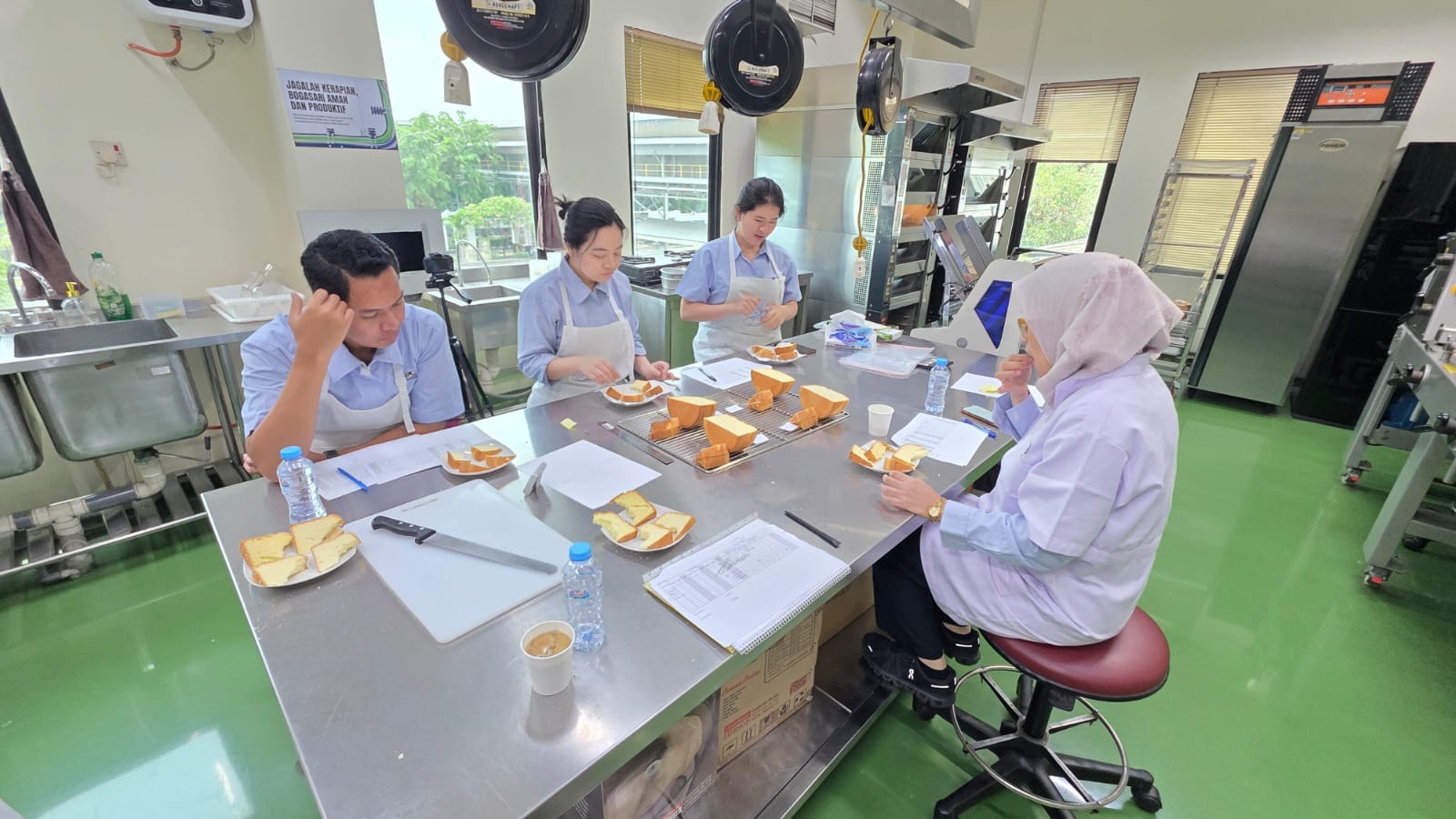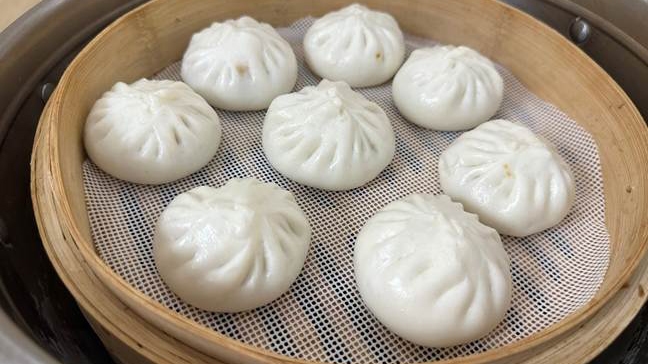Introducing the Wheat quality market intelligence: South East Asia project
January 2025
A major new AEGIC project to extensively document the wheat quality requirements of customers across South East Asia is underway, supported by Grains Australia.
In November and December 2024, we embarked on the first of what will be several in-market meetings, working with customers across Vietnam, Indonesia, Philippines, Thailand and Malaysia to help the Australian industry better understand the wheat quality needs of Australia’s most valuable export region.
The new project will build upon existing market intelligence developed by AEGIC, which our experts will review, verify and expand using a rigorous choice analysis model. These insights will help the Australian industry make more informed decisions around wheat classification, breeding and production to ensure Australian wheat remains competitive for noodles, baked goods and other wheat food products.
The reception from customers across the region was very positive and we have received a high level of engagement already, with many customers agreeing to contribute their insights on the performance of Australian wheat in these products.
South East Asia is Australia’s most valuable wheat market, worth about $35 billion over the last 10 years (2014-2024) (ABS).

AEGIC’s Dr Larisa Cato and AEGIC’s Cassandra Kok Evaluating lumpia (Filipino spring roll)
Dr Chris Carter evaluating making Filipino “Spanish bread”
noodles in Vietnam

Making noodles for Assessing the strength of cooked Assessing noodles
assessment noodles
Background: a significant intelligence package
Between 2015-2019, with investment from GRDC, AEGIC developed and delivered a significant intelligence package detailing South East Asian wheat quality preferences.
AEGIC’s market experts conducted rigorous choice analysis with flour millers and other processors across South East Asia on a range of end-product and flour quality attributes.
The resulting insights gave the Australian industry crucial guidance on how to tailor Australia’s wheat offering to customer preferences and position Australian wheat as the preferred choice.
South East Asia is a dynamic and fast-developing region, and its people and markets are ever evolving. This data now needs to be reviewed and brought up to date to ensure it accurately reflects current market requirements.
With investment from and collaboration with Grains Australia, AEGIC is now updating, reviewing and verifying this intelligence to ensure the Australian industry has access to the latest insights. The project is scheduled to run until 2026.
More information
Wheat quality market intelligence: North Asia
July 2025
We have expanded the scope of our wheat quality market intelligence work to North Asia, thanks to investment from Grains Australia.
Since late 2024, we have been working with customers in South East Asia (Vietnam, Thailand, Philippines, Indonesia, Malaysia) to document their wheat quality preferences, as part of a project supported by Grains Australia.
This work now includes North Asia (China, Taiwan, Japan, South Korea) as part of a new Grains Australia project. Findings from both projects will be delivered together to Grains Australia. The investigations build on previous market intelligence delivered by AEGIC.
Using a variety of survey methods, including choice modelling, and contextualising conversations with over 30 milling companies, we are collating objective evidence on customer preferences and quality targets, empowering the industry to make better informed decisions around wheat classification, breeding, and production.
In June 2025, we engaged with top flour milling companies in Taiwan, Japan and Korea to introduce the project and seek collaboration. Feedback was positive and we expect good support in these markets.



The projects will deliver up to date objective quality requirements for a range of wheat-based products for each market. The research focuses on documenting the needs of customers for products such as various noodle and bread products, flat breads, steam buns, and soft wheat products like sponge cakes and cookies.
This intelligence will be collated and delivered to Grains Australia to support the market driven classification system managed by Grains Australia, and will ultimately assist the industry in breeding, producing and delivering wheat quality that our customers value.
Our wheat has a good reputation in South East Asia, particularly for noodles. South East Asia is Australia’s most valuable wheat market, worth $3.7 billion in 2024. That’s 44% of the value of all Australian wheat exports in 2024. North Asia is also an important market for Australian wheat, worth about $1.2 billion in 2024/25.
China’s wheat quality requirements to be documented in an industry first
October 2025
In a milestone for the Australian wheat industry, China’s multifaceted wheat quality requirements are being documented in detail for the first time, as part of a Grains Australia project delivered by AEGIC.
Since late 2024, on behalf of Grains Australia, AEGIC has been working with customers in South East Asia to review previous market intelligence developed by AEGIC and further to document customer wheat quality preferences.
Grains Australia has expanded this work to include North Asia, with China a key focus, among other markets.
Using a variety of methods, including choice modelling, and contextualising conversations with milling companies, AEGIC is collating objective evidence on customer preferences and quality targets, empowering the industry to make better informed decisions around wheat classification, breeding, and production.
China is one of the largest producers of wheat in the world. Wheat is used for a wide variety of products across China, including noodles, dumplings, steamed breads, “western” style bakery goods, and many more.
To fully satisfy Chinese requirements for both quantity and quality, wheat is also imported from several suppliers, including the USA, Canada and Australia.
On average, Australian exports 4 mmt of wheat worth about AU$1.9 billion to China (UN-Comtrade). Australian wheat accounts for around 40% of total wheat imports to China.
AEGIC Acting General Manager Education and Training Dr Larisa Cato and AEGIC Senior Markets Manager Justin Swan travelled to China in September 2025 to begin engaging with Chinese flour mills about wheat quality preferences and how they differ across the vast and diverse nation.
The land shapes the people
This phrase is often used by Chinese flour mills to describe the vast differences in eating habits across the diverse regions of China, leading to different wheat quality profiles depending on the region.
For the purposes of the project, Chinese wheat quality preferences are being documented for three broad regions: South China, East China, and North China.
The mills we are engaging with are very welcoming, and eager to collaborate and learn more about how to use Australian wheat. There is good awareness of the advantages of Australian wheat, which include good colour and balanced dough properties.
This initial visit was highly productive. The team will return to China in December 2025 to continue documenting the wheat quality preferences of Chinese customers for key products representing the different segments of flour use in China, such as various noodle types, southern and northern style steamed buns, sponge cakes, cookies, and toast bread.
The insights developed will be used by Grains Australia to support the Australian wheat industry’s world-leading market-driven classification system and further ensure that our wheat meets the requirements of customers.
Above: Engaging with flour mills in China in September 2025.
Verifying South East Asian wheat quality requirements
November 2025
AEGIC’s wheat experts are continuing to validate and sharpen our understanding of what South East Asian mills are looking for when sourcing wheat to make products that consumers want to buy.
In October and November 2025, AEGIC’s wheat insights and education teams engaged with mills in the Philippines, Indonesia, Vietnam, Malaysia and Thailand for stage three of this major Grains Australia project.
The focus for the latest visits was to discuss and confirm with collaborators the most important quality attributes for major wheat-based product groups in each market.
The findings will seek to validate and update findings from major AEGIC surveys conducted in previous years.
Key products
Noodles
Popular noodle types in South East Asia include many different types of fresh yellow alkaline noodles, instant noodles and many more. From previous surveys we know that colour and texture are important quality factors when choosing wheat for noodles. The 2025 surveys seek to further understand these findings and whether these preferences have evolved, along with a wide range of other important noodle quality attributes.
Bread
Our previous findings confirmed that bread volume and bright colour are usually crucial wheat quality attributes for millers, but there are many other quality factors at play. Our 2025 surveys will verify or update the previous findings and document all the most important wheat quality attributes for various South East Asian bread styles including pan de sal, banh mi, and sandwich bread.
Cookies and cakes
With cookies and cakes increasingly popular across the region, understanding and documenting the wheat quality requirements of South East Asian markets for soft wheat is crucial. The unique quality attributes that customers seek from soft wheat will be collected to help inform soft wheat industry decision-making.
Steamed buns
Steamed buns are popular across Asian markets as a street food snack or part of a meal. While they are made with a dough similar to bread, they are actually quite different and have unique quality requirements, which we are documenting.
As part of this Grains Australia project, a wide range of important technical wheat quality attributes are under examination. Surveys included a broad range of quality and functional attributes that directly affect end-product characteristics across many different products.
Detailed insights on each market will be delivered to Grains Australia to help inform industry decision making.

